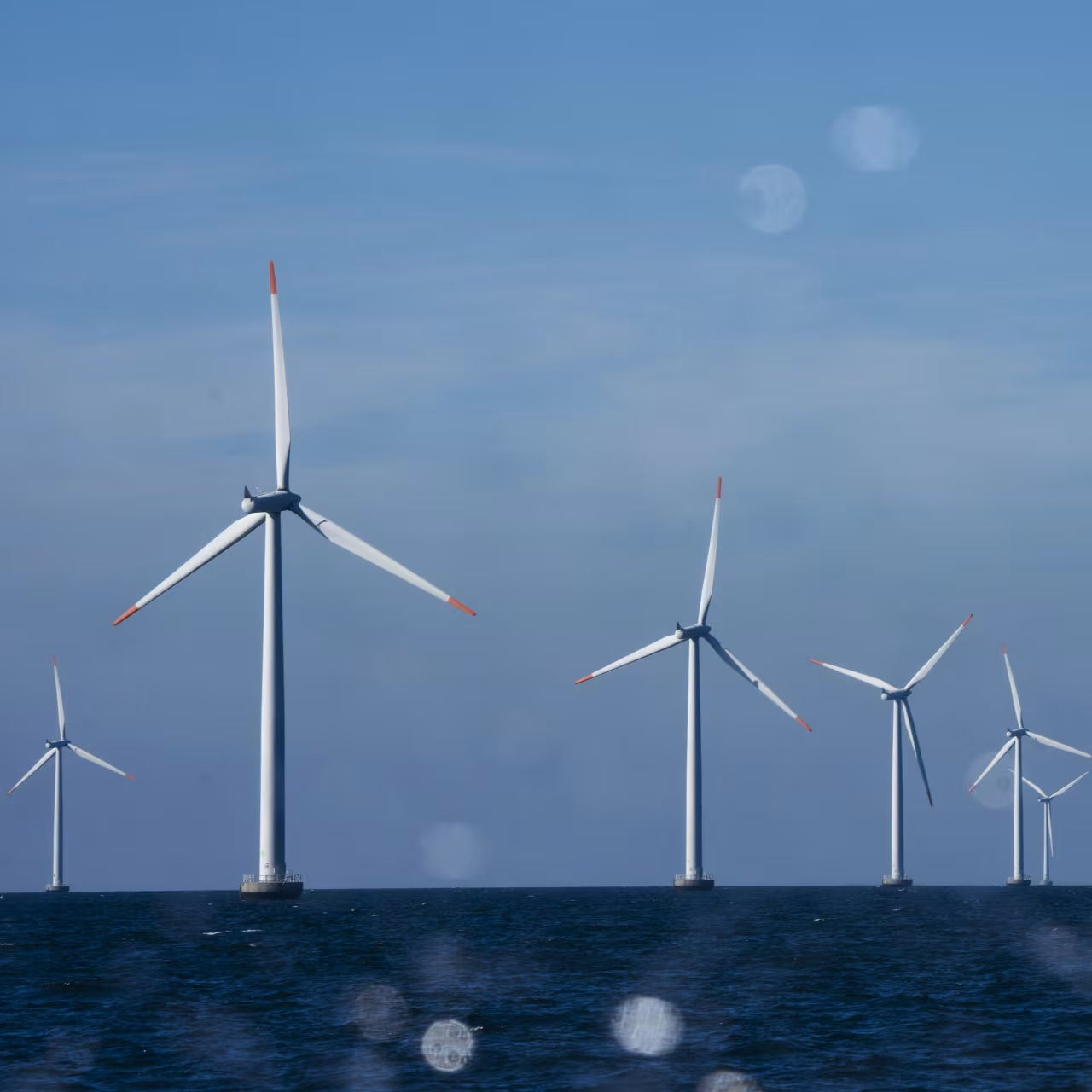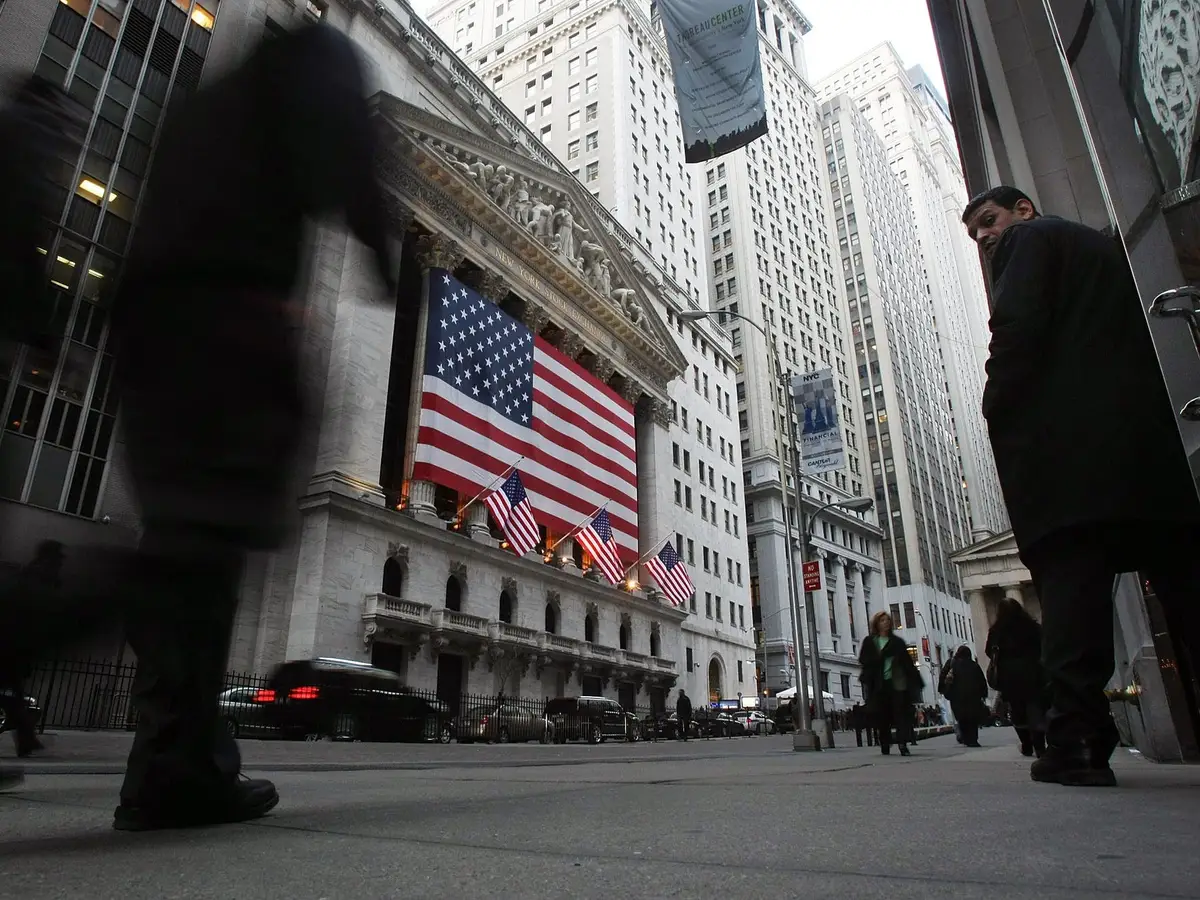Date: August 25, 2025
Location: Rhode Island / Copenhagen
Ørsted, the world’s largest offshore wind developer, has been dealt a severe blow after the U.S. government issued an order to stop all construction on its nearly completed Revolution Wind project off the coast of Rhode Island.
Project at a Standstill
The Revolution Wind development was about 80% finished, with 45 of its 65 turbines already installed. Once operational, the project was expected to supply clean electricity to more than 350,000 homes in Rhode Island and Connecticut. It was also backed by long-term energy purchase agreements that were central to both states’ climate goals.
Official Justification
The U.S. Bureau of Ocean Energy Management cited national security and maritime concerns as the reasons for halting work. However, critics argue the decision is politically motivated, reflecting the current administration’s wider campaign to curb offshore wind development.
Financial Fallout
The announcement sent shockwaves through financial markets. Ørsted’s stock tumbled nearly 18% in a single day, marking its steepest drop on record and pushing shares to historic lows. The company is already under financial strain and has announced a multi-billion-dollar rights issue in an effort to shore up its balance sheet. Analysts warn the halt could trigger billions in cancellation penalties and impairments.
Political Pushback
Leaders in Rhode Island and Connecticut have condemned the move, pledging to challenge it. Both states view offshore wind as a cornerstone of their clean-energy strategies, and officials accused Washington of undermining years of progress toward emissions reduction targets.
Wider Implications
The setback raises new doubts about the future of U.S. offshore wind, an industry already facing rising costs, supply-chain disruptions, and political opposition. Other projects, including the planned Sunrise Wind farm, may now face heightened scrutiny or delays.
Outlook
Despite the challenges, Ørsted has signaled it remains committed to the U.S. market, with hopes to resume construction by 2026 if the legal and regulatory hurdles can be resolved. The outcome of this dispute will likely shape not just the company’s future but also the broader trajectory of renewable energy development in the United States.
















Leave a Reply